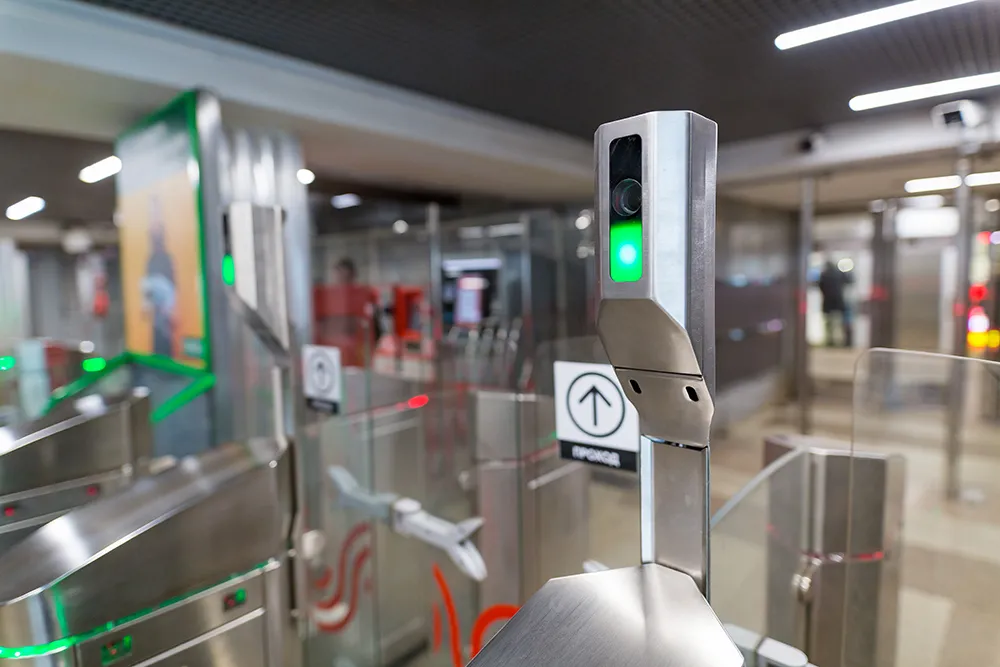The first US installation of the latest Iris Matrix automatic passenger counting system will be on Phoenix Sky Harbor International Airport's PHX Sky Train, scheduled to begin service early next year. The new technology with 3D sensors, developed by German company Iris Gmbh and being installed by Bridge Technology, generates a 3D-image of the door space, so that individual people are detected even in tightly packed crowds. “Sky Train customers will benefit with less congestion, which means getting to their
July 17, 2012
Read time: 1 min
The first US installation of the latest Iris Matrix automatic passenger counting system will be on 6215 Phoenix Sky Harbor International Airport's PHX Sky Train, scheduled to begin service early next year. The new technology with 3D sensors, developed by German company 6217 Iris Gmbh and being installed by 6216 Bridge Technology, generates a 3D-image of the door space, so that individual people are detected even in tightly packed crowds. “Sky Train customers will benefit with less congestion, which means getting to their destination with less hassle”, said Ian McDonald, CEO of Bridge Technology.










